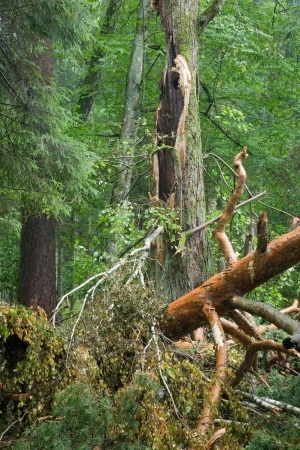 Trees are beautiful additions to landscape designs, but when heavy storms come barreling through, damaged trees can actually become quite a nuisance and safety hazard. After a bad storm, you should take the time to inspect the tree for damage and determine if it’s salvageable or not.
Trees are beautiful additions to landscape designs, but when heavy storms come barreling through, damaged trees can actually become quite a nuisance and safety hazard. After a bad storm, you should take the time to inspect the tree for damage and determine if it’s salvageable or not.
Broken branches can be pulled away and usually have not affected the tree’s stability. But upon further inspection, you might become aware that there are actual structural damages that pose a threat to safety and landscape appeal.
Even though trees have the ability to recover from heavy winds and rain, you shouldn’t assume the tree is okay. Here are some tips to follow in order to determine if a tree is salvageable after a storm.
A tree can remain if the following is still apparent:
1. There are little to no missing or hanging branches. A tip: the larger the broken limb or the higher the number of missing limbs, the less likely the tree will be able to grow it back.
2. The tree’s leader is still intact. A missing leader can leave a tree looking deformed. (The leader is the main upward-trending branch on most trees.)
3. At least 50% of the tree’s branches and leaves are still attached A tree needs to produce enough foliage in order to properly nourish and survive.
4. There are no or a minimal number of large holes left behind from broken limbs or missing chunks of bark. Large holes can lead to pest invasion.
5. If there are any remaining branches, they can re-grow new branch structures overtime.
6. Where the tree is located is a safe distance and height from power lines.
If your area has been severely affected by a storm, you can assess your trees yourself, but it might be wiser to let a professional. A professional tree service like ours has the necessary tree knowledge in order to look over the factors that determine a tree’s strength. For more information, contact Big Foot Tree Service today.









Recent Comments